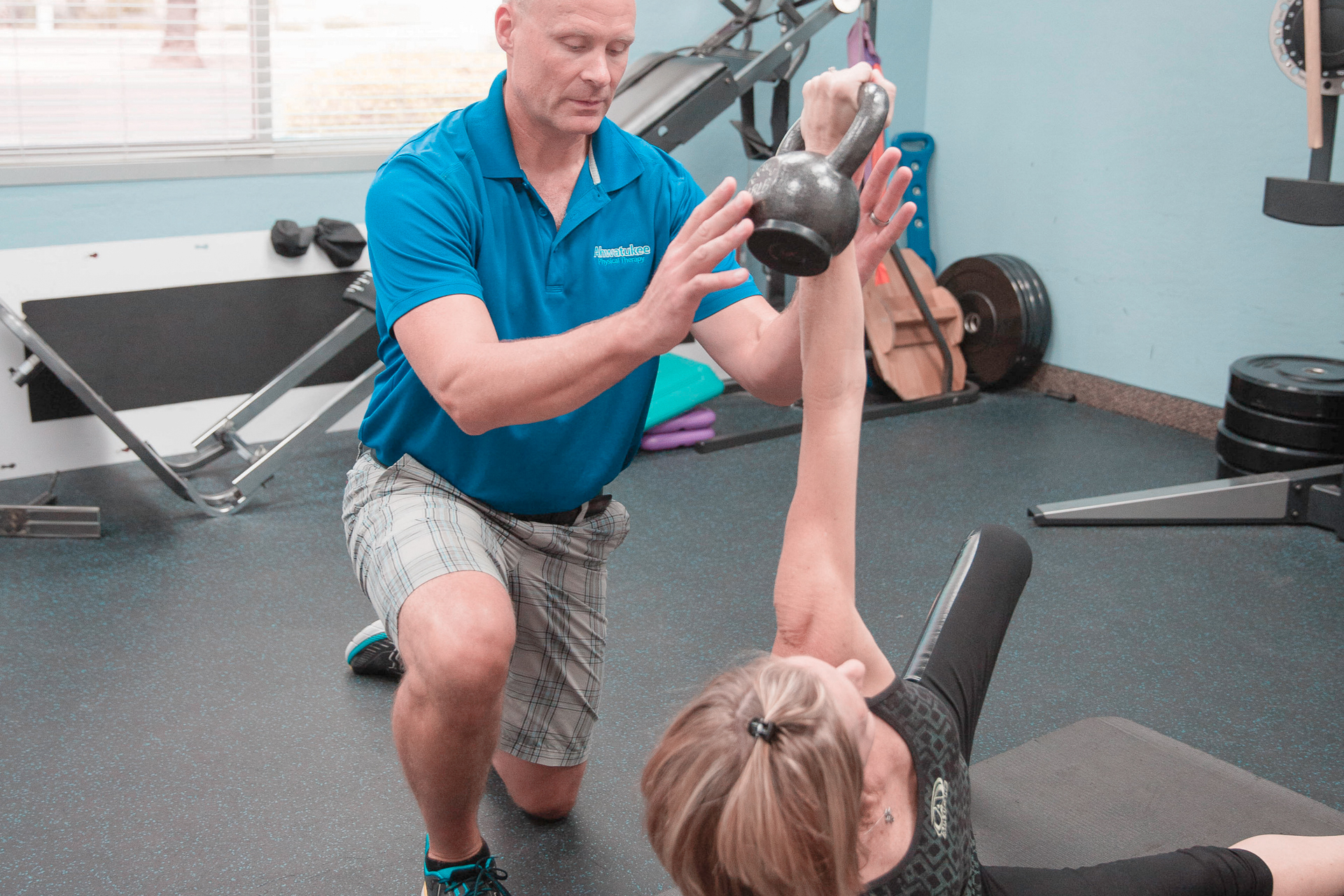Hands-on therapy methods are hands-on methods used by healthcare providers to treat musculoskeletal pain. Such techniques include different types of adjustment and movement of the human muscles and articulations. The goal of manual treatment is to alleviate discomfort, enhance movement, and boost overall function. Many individuals experience musculoskeletal pain due to injuries, suboptimal posture, or disorders like joint inflammation. By applying hands-on therapy, therapists aim to address these concerns and help patients regain their standard of life.
One frequent manual treatment technique is spinal manipulation. This method involves applying controlled force to the spine to improve alignment and reduce pain. Studies has demonstrated that vertebral manipulation can be beneficial in managing lumbar spinal discomfort and cervical discomfort. Another technique is soft tissue mobilization, which concentrates on relieving tightness in the muscles and connective tissues. This can help reduce stiffness and improve range of motion, making it simpler for patients to navigate without discomfort. Both techniques can be customized to meet the specific needs of each client, ensuring a personalized method to care.
In furthermore to discomfort alleviation, hands-on treatment can improve patient outcomes in multiple aspects. For instance, it can improve circulation, which helps supply oxygen and nutrients to the affected areas of the body. Better blood flow can also promote healing and alleviate swelling. Additionally, hands-on treatment can help clients gain enhanced body awareness, which is essential for avoiding future trauma. By comprehending how their bodies move, patients can make more knowledgeable decisions about their movements and alignment, leading to long-term benefits.
The effectiveness of hands-on therapy is often supported by patient feedback. Numerous patients report notable gains in their discomfort intensity and overall performance after undergoing treatment. This positive reaction can lead to greater motivation for patients to participate in rehabilitative activity and rehabilitation programs. When clients feel better, weblink they are more likely to participate in their recovery process, which can additionally enhance their outcomes. This cooperative method between the provider and the patient is crucial for achieving enduring outcomes.
In summary, manual therapy techniques play a critical role in relieving musculoskeletal pain and improving client outcomes. By using methods such as spinal adjustment and gentle tissue manipulation, healthcare providers can help clients recover movement and reduce pain. The advantages of manual therapy go further than immediate pain alleviation, as it also encourages healing and encourages clients to take an active role in their rehabilitation. As more individuals look for efficient therapies for muscle and joint concerns, hands-on treatment remains to be an important option in the realm of medicine.

Comments on “Exploring the Effect of Hands-on Treatment Techniques on Reducing Musculoskeletal Pain and Improving Patient Outcomes”